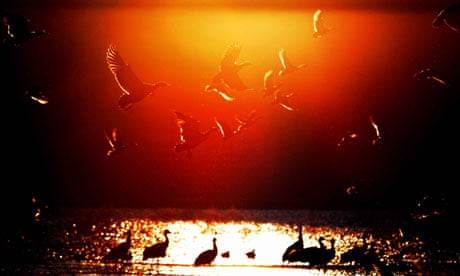In the wisdom traditions of North America's First Nations people there are many teachings that relate directly to leadership. Two of these are the Twin Trail and the Children's Fire.
The Twin Trail reflects a deep understanding of our human psychology, speaking to the primary difference between humans and our animal relatives: the capacity to make moral choices. It was described to me in a challenging encounter I had with my First Nations mentors in 1998.
"We would not trust any leader who is not committed to the Twin Trail – the inner trail of self-understanding, self-unfolding, and deepening; the outer trail of having powerful effect in the world. The Twin Trail of leadership is built upon the knowledge that very few humans can survive the accumulation of power without being corrupted by it. Hubris is the greatest challenge of all successful leaders and it grows most powerfully where there is no valuing of the inner trail. The outer trail of having effect in the world is hugely important, but without the ongoing wisdom path of the inner trail, it will inevitably become hostile to the greater good."
A leader's commitment to the Twin Trail becomes increasingly important as we progress in our careers, make money, build on our professional reputations and find ourselves admired and our opinions sought. Surrounded by evidence of our success, we become increasingly susceptible to childish fantasies, imagining ourselves as different from ordinary folk and tempted to fly too close to the sun. Many leaders have found their way to ruin via this route.
The potential benefits of consciously walking the Twin Trail are most likely to find fertile ground in an aspirant leader's early years, since most of us with ambition are also eager learners when young but less so as we grow older. However, the Twin Trail rejects the idea that the most challenging lessons of leadership are learned early in our careers and maintains that we will be most sorely tested when approaching the zenith of our powers and achievement. In order to meet these challenges and avoid the fate of Icarus, though, we probably need to have made the commitment to the Twin Trail when we were still negotiating the foothills of our leadership journey.
I was introduced to the Children's Fire one night as we sat outdoors by a blazing fire. Since that time it has become the cornerstone of my thinking about leadership. Many hundreds of years ago, wise women and men, elders of a people who had been inquiring into profound questions concerning leadership, asked the question: "How shall we govern our people?"
As with all such questions, they looked to nature for guidance and gradually developed a body of knowledge that I was introduced to as the Circle of Law. The indigenous tribes of North America practised many different forms of the Circle of Law and some are still present today. All of them found inspiration in the principles of dynamic balance on which all life is predicated. One of the great challenges these elders probed was the complex relationship between the short and long term.
It was understood that actions yielding short-term benefits may not serve the interests of the tribe in the long term. Recognising that the children represented the tribe's capacity to survive into the future, the elders also perceived the interconnectedness and interdependence of all life, including humanity. They saw the importance of ensuring that leaders always sought to secure a safe future for the children by testing every major decision against their future wellbeing.
Knowing the power of symbolism, the chiefs ordered that a small fire be kindled in the centre of their council gatherings. This small fire was called the Children's Fire. It was located in the centre of the council circle to remind the chiefs of the first law: no law, no decision, nothing of any kind will be agreed by this council that will harm the children seven generations to come.
Faced with the insatiable hunger of corporation shareholders, rampant consumers and insecure politicians, we might more readily find our way to a secure and sustainable future if we paused a moment and listened to how those in times past considered the challenges we now confront.
Mac Macartney is founder of Embercombe and a published author. He is currently head of leadership and organisation consulting for Embercombe.
This content is brought to you by Guardian Professional. Become GSB member to get more stories like this direct to your inbox.

Comments (…)
Sign in or create your Guardian account to join the discussion